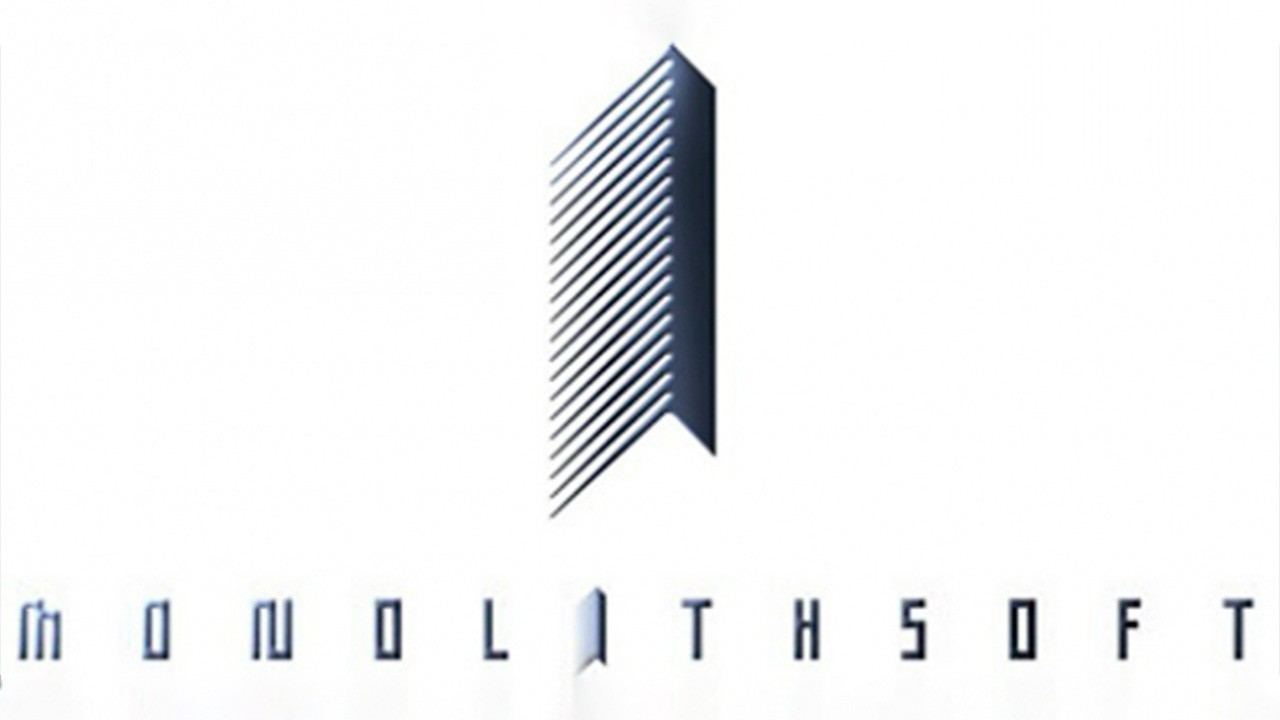In a new Interview with CGWorld, Monolith Soft CCO and director Tetsuya Takahashi revealed that Monolith Soft has set up a new R&D division and is now working on a new version of its in-house game engine., and is also working on a new game engine.
The new engine is based on the one Monolith Soft created in 2010 for Xenoblade Chronicles, and the studio plans to greatly expand what the engine can do, with a focus on large-scale game development. Monolith Soft is hoping is that putting in these efforts now will reduce the amount of man-hours needed later. Monolith Soft has also said they’ve reached a point where they can no longer tackle projects with a small amount of people, and so need to get things in order with a new engine urgently.
Additionally, they said that going with a third party engine is not viable, as Monolith Soft needed an engine that was perfectly suited to their needs that they can change and experiment with at will. Xenoblade lead programmer Michihiko Inaba will be this group’s producer and director, and currently, Monolith Soft’s team is doing work on model rendering and effect engines that will be a part of this new engine., as well as doing experiments with different technologies that could be employed in the engine as well.
“Even though we launched the R&D team, we had been working on R&D before that. Because Monolith Soft is a developer, we have fewer manpower resources than publishers.
Publishers can easily hire dedicated personnel and take on R&D as a company asset, but in our case, since title development is our main focus, we didn’t have much manpower to invest in the future. When we were developing Xenoblade Chronicles 2 (2017), we only had a few dozen in-house programmers, and we were overwhelmed with development alone. We were not in a position to organize an R&D team.
That situation continued for a while, but then we started developing titles with Nintendo that tens of millions of customers around the world could enjoy, and as the scale of development became larger, the level of demands for development also increased.”

